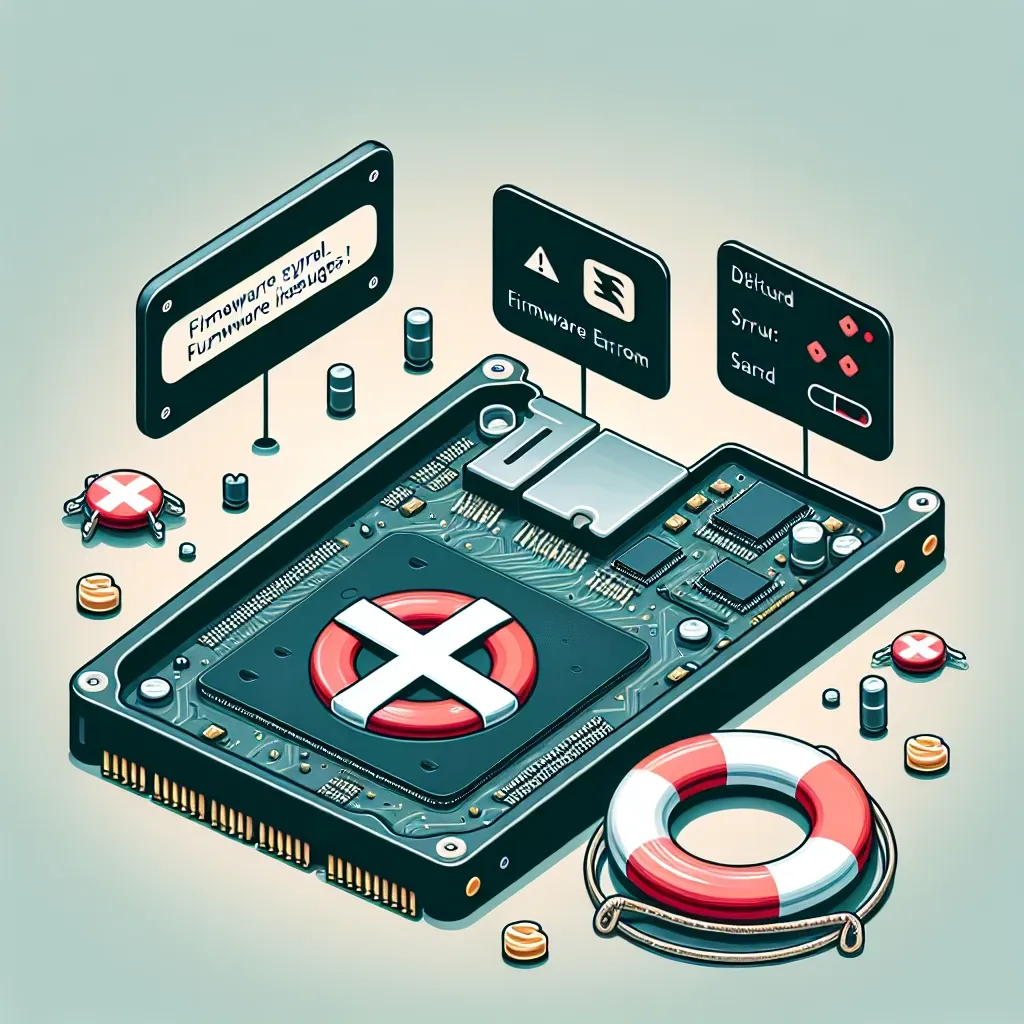Understanding SSD Firmware Issues
Solid State Drives (SSDs) are renowned for their speed and reliability, but like all technology, they can encounter problems. Firmware issues in SSDs can lead to data inaccessibility, system crashes, or complete drive failure. Firmware acts as the bridge between the hardware and software of the SSD, managing data storage and retrieval processes. When this critical software malfunctions, it can severely impact the functionality of the drive.
Signs of Firmware Problems in SSDs
- Drive Not Recognized: The SSD fails to appear in the BIOS or operating system.
- Frequent Freezes or Crashes: The system becomes unstable, often freezing or crashing during use.
- Slow Performance: Noticeable degradation in read/write speeds without any software changes.
- Data Corruption: Files become inaccessible or appear corrupted.
Can Data Be Recovered?
The possibility of data recovery from an SSD with firmware issues depends on the severity of the problem and the steps taken immediately after discovering the issue. In many cases, data can be recovered, but it requires careful handling to avoid further data loss.
Methods for Data Recovery
1. Firmware Update or Reinstallation
Sometimes, simply updating or reinstalling the SSD’s firmware can resolve the issue, restoring access to the data. This process involves downloading the latest firmware version from the manufacturer’s website and following their specific instructions.
2. Using Data Recovery Software
Specialized data recovery software can scan the SSD at a low level, bypassing some firmware issues to retrieve data. Tools like EaseUS Data Recovery, Recuva, and Disk Drill are popular choices.
3. Professional Data Recovery Services
If software solutions fail, turning to professional data recovery services is advisable. These experts have advanced tools and techniques to recover data even from severely corrupted SSDs.
Preventing Data Loss from Firmware Issues
Prevention is always better than cure. To minimize the risk of firmware-related data loss:
- Regular Backups: Maintain regular backups of important data to external drives or cloud services.
- Firmware Updates: Keep the SSD’s firmware up to date to benefit from the latest fixes and improvements.
- Use Reliable SSDs: Invest in SSDs from reputable manufacturers known for their robust firmware and support.
- Monitor Drive Health: Use monitoring tools to keep an eye on the SSD’s health status.
Steps to Take When Facing Firmware Issues
- Stop Using the SSD: Continued use can exacerbate the problem and lead to more data loss.
- Assess the Situation: Determine the severity of the firmware issue and whether the drive is recognized by the system.
- Attempt Firmware Repair: Try updating or reinstalling the firmware if possible.
- Use Data Recovery Software: If firmware repair doesn’t work, use software tools to attempt data retrieval.
- Consult Professionals: When all else fails, seek help from data recovery specialists.
Conclusion
Recovering data from an SSD with firmware issues is challenging but not impossible. By understanding the nature of firmware problems and acting promptly with the right tools and techniques, you can increase the chances of successful data recovery. Always prioritize regular backups and proactive maintenance to safeguard your data against such unforeseen issues.


Leave a Reply